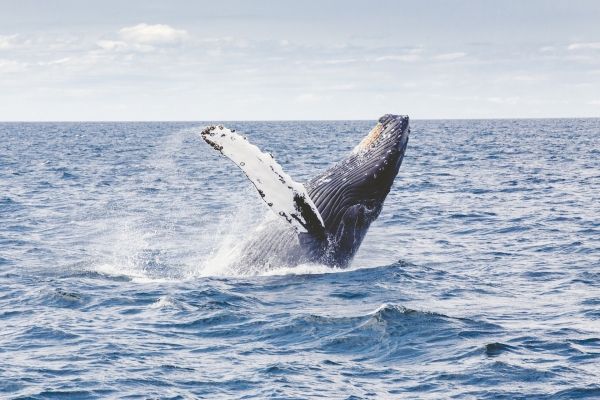The aquatic world is being increasingly compromised by an overwhelming array of human-caused noise. The sound of propellers, cavitation, seabed explosives, air guns, and military sonars cause stress and pose a threat to the overall survival of many marine mammals where communication is vital.
To the average human ear, sound signals below 20 Hz and above 20 kHz essentially “fall on deaf ears”. The spectrum of sounds and signals that are emitted and detected by marine mammals are in the much broader range of 7 Hz to 160 kHz.
Sound is vital to the survival of marine mammals and it is used for communication, orientation, feeding, mating, and detecting predator and prey. The sounds emitted from marine animals provide information about each other’s location, type of species, gender and where the mammal is coming from (Richardson et al., 1995).
One century ago, the marine ecosystem was not exposed to dredging, seismic surveys, oil exploration or many other highly impactful activities that have become widespread today. More and more navigational routes are being exploited by cargo ships, icebreakers, cruise liners and oil drilling companies. The number of ships in the world ocean has almost tripled from 1950 to 2000 (NRC, 2003), resulting in a 2 to 3 dB increase of low-frequency noise per decade (Mazzuca, 2001), on average.
Read more at WKC Group
Image by Image by Free-Photos from Pixabay


